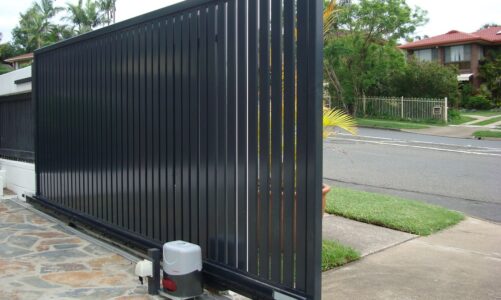Tile grouts may look unassuming, but they’re the difference between a stunning, long-lasting finish and a costly disaster waiting to happen. In the construction world, one overlooked detail can snowball into a worst-case scenario. Cracked floors, mould-infested joints, and stained tiles can trace back to improper grouting or subpar materials. Singapore’s humid climate only adds to the risk, making the choice and application of grouts a detail builders can’t afford to ignore.
When Gaps Become Gateways
The gaps between tiles might look harmless, but when grout fails, these spaces become pathways for moisture, bacteria, and dirt. In homes, that can mean mildew creeping up your bathroom walls. In commercial spaces, it can lead to structural degradation, especially in high-moisture environments, such as kitchens, pools, or car parks.
One of the most common worst-case scenarios is when tile grouts start to crack or crumble due to poor installation or incompatible materials. Once water seeps through, it weakens the adhesive layer beneath the tiles, leading to loosening and eventual detachment. The problem stops when it becomes a structural and hygiene concern.
According to construction assessments, over 70% of tile-related defects in Singapore came from moisture penetration caused by grout failure. This is a maintenance issue and a recurring financial drain that could have been avoided with proper material selection.
The Anatomy of a Disaster
Behind every grout failure lies a combination of environmental, material, and human factors. Traditional cement-based grouts tend to shrink as they cure, especially if mixed incorrectly or applied too thinly. Over time, these cracks expand and allow moisture to penetrate. Efflorescence occurs when soluble salts in the cement migrate to the surface, leaving white streaks or patches. While mostly cosmetic, it can signal underlying water movement.
In tropical climates like Singapore’s, grout lines can quickly become breeding grounds for mould if not sealed properly. Discolouration and staining are tell-tale signs that the surface has been compromised. Not all tile grouts are suitable for all surfaces. Using a standard grout for heavy-duty industrial flooring or glass mosaics can lead to premature wear or poor adhesion. These problems trace back to two simple causes: the wrong choice of grout type or shortcuts during installation.
The Chemistry of Prevention
Here’s where science saves the day. Advances in construction chemistry have made tile grouts more resilient than ever before. Polymer-modified and epoxy-based formulations offer superior adhesion, water resistance, and flexibility compared to traditional sand-cement blends.
Polymer-modified grouts, for instance, contain additives that improve elasticity and minimise shrinkage, making them ideal for areas subject to temperature changes or minor substrate movement. Epoxy grouts deliver unmatched durability and stain resistance for high-traffic or wet environments.
In Singapore, epoxy and polymer-based tile grouts can last up to three times longer than conventional alternatives when properly applied. The upfront cost may be higher, but the long-term value far outweighs the risk of early repair or replacement.
Behind these products lies rigorous research and testing, ensuring they meet international standards, like EN 13888, which governs performance characteristics, such as compressive strength, abrasion resistance, and water absorption.
How to Choose the Right Tile Grout for Every Space
Avoiding worst-case scenarios starts with making informed decisions from the outset. The best building materials suppliers in Singapore help contractors select grout based on tile type, environment, and expected stress levels. Colour selection matters. A contrasting grout can highlight tile patterns, but darker tones tend to conceal dirt and ageing.
Professional installation and curing are just as vital. Even the best product can fail if applied incorrectly or left unsealed. Partnering with suppliers who provide training, technical support, or data-backed product guides can significantly reduce on-site errors.
It’s What’s Between the Tiles That Counts
Tiles may be the star of any interior or exterior finish. But it’s the grout that determines how long that beauty lasts. A single gap, crack, or miscalculation can turn into extensive repairs and safety risks. It is proof that in construction, the smallest details often carry the biggest consequences. With the right tile grouts and reliable building materials suppliers in Singapore, these nightmares are entirely preventable. Because the best projects are built to endure.
Don’t let small gaps lead to big problems. Check out Ardex-Quicseal and explore reliable tile grouts and building materials that safeguard your projects from the inside out today.




